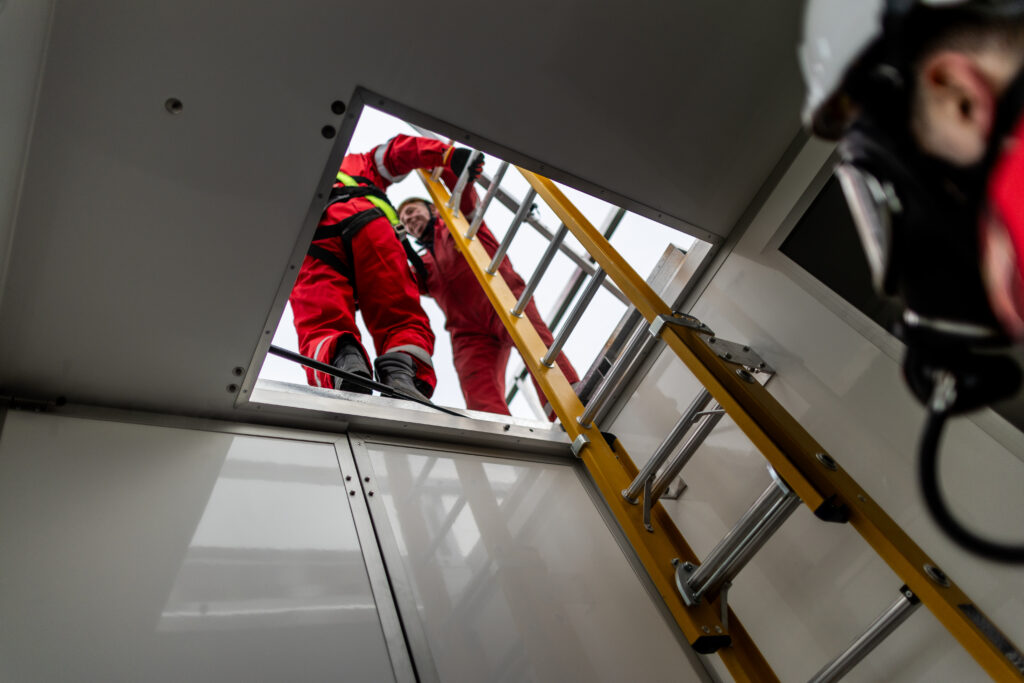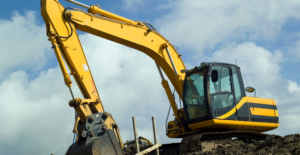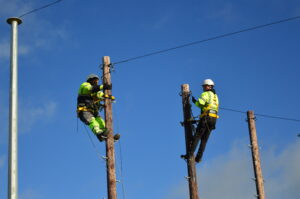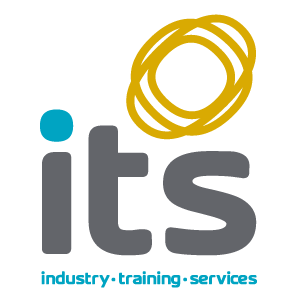Hazards in Confined Spaces
In the realm of workplace safety, some hazards are glaringly obvious, while others lurk beneath the surface, unseen yet potentially deadly. Confined spaces, though vital for many industrial processes, harbour such invisible dangers, particularly in their atmospheric composition. Understanding and effectively mitigating these hazards are paramount for ensuring the safety and well-being of workers.
The Silent Threats
Picture this: a worker suited up in protective gear, descending into the depths of a confined space. To the naked eye, everything appears normal. Yet, the air they breathe might be silently laden with toxic gases or deficient in life-sustaining oxygen. These atmospheric hazards pose an imminent risk, with the potential to incapacitate or even kill within moments of exposure.
Identifying Atmospheric Hazards in Confined Spaces
The first step in combating atmospheric hazards is awareness. Confined spaces can host a variety of dangerous gases, including carbon monoxide, hydrogen sulfide, methane, and more. These gases are often byproducts of industrial processes or natural decomposition and can accumulate in confined spaces, reaching lethal concentrations without warning.
Oxygen Deficiency and Enrichment
One of the most insidious atmospheric hazards in confined spaces is oxygen deficiency or enrichment. Confined spaces may contain less than the optimal 20.9% oxygen level required for human survival, leading to symptoms such as dizziness, confusion, and ultimately, unconsciousness. However, oxygen enrichment can significantly increase the risk of fire and explosion, turning a confined space into a ticking time bomb.
Toxic Gases and Vapours
Toxic gases present another formidable threat in confined spaces. Hydrogen sulfide, for instance, notorious for its “rotten egg” smell, can quickly overwhelm the senses and cause respiratory failure at high concentrations. Other gases, such as ammonia and carbon monoxide, pose similar dangers, impairing both physical and cognitive function with potentially fatal consequences.
Mitigation Strategies
Thankfully, with proper planning and precautions, the risks associated with atmospheric hazards can be mitigated. Regular atmospheric monitoring is essential, utilising gas detectors and other specialised equipment to assess air quality before and during confined space entry. Ventilation systems can help maintain safe oxygen levels and disperse hazardous gases, while personal protective equipment, including respirators, serves as a last line of defence against atmospheric threats.
Training and Preparedness
Equally crucial is comprehensive training for all personnel involved in confined space work. Workers must be able to recognise the signs of atmospheric hazards and understand the appropriate response protocols, including emergency evacuation and rescue procedures. By instilling a culture of safety and preparedness, organisations can empower their workforce to navigate confined spaces with confidence and competence.
Regulatory Compliance
Beyond moral imperative, there are legal obligations surrounding confined space safety. Regulations such as The Confined Spaces Regulations 1997 set stringent standards for confined space entry, including requirements for atmospheric testing, permit issuance, and rescue capabilities. Compliance with these regulations not only protects workers but also shields organisations from costly fines and litigation.
At Industry Training Services we offer a range of accredited and non-accredited confined space training from awarding bodies such as City & Guilds, CABWI and our own ITS certification. The courses cover low, medium and high risk as well as emergency rescue. For more information visit: https://www.industrytrainingservices.com/training-courses/confined-space-training/
Conclusion
By arming your team with knowledge, implementing rigorous safety protocols, and fostering a culture of vigilance, we can identify atmospheric hazards and ensure that every journey into confined spaces is a safe one.





